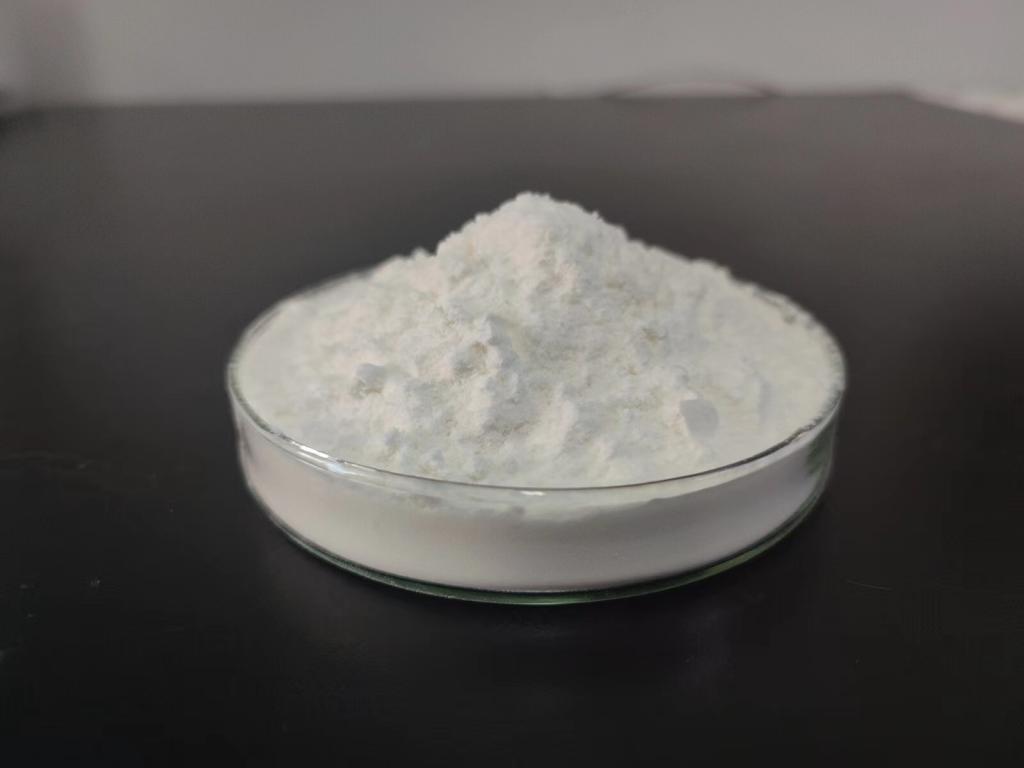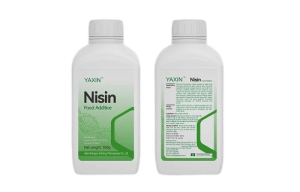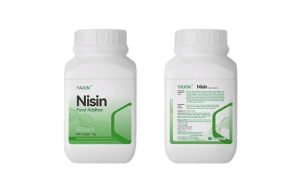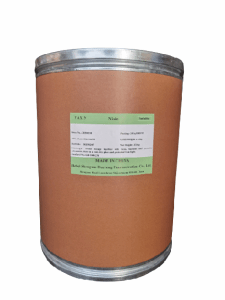Tel:+8618231198596

News
 CONTACT
CONTACT
 CONTACT
CONTACT
- Linkman:Linda Yao
- Tel: +8618231198596
- Email:linda.yao@dcpharma.cn
- Linkman:CHARLES.WANG
- Department:Overseas
- Tel: 0086 0311-85537378 0086 0311-85539701
News
The potential for nisin to enhance the safety of frozen ready-to-eat meals is a significant topic.
TIME:2024-10-18
Nisin: An Overview
Nisin is a 34-amino acid polypeptide produced by certain strains of Lactococcus lactis during fermentation. It has been recognized for its potent antibacterial activity, specifically against Gram-positive bacteria, including many pathogens and spoilage organisms. Nisin functions by binding to lipid II, an essential precursor in bacterial cell wall synthesis, leading to pore formation in the cell membrane and ultimately causing cell death. Its effectiveness, coupled with its status as a Generally Recognized As Safe (GRAS) substance, makes nisin an attractive candidate for enhancing the safety of various food products, including frozen RTE meals.
Challenges in Frozen Ready-to-Eat Meals
Frozen RTE meals present unique challenges in terms of food safety. Although freezing can inhibit the growth of most microorganisms, it does not eliminate them entirely. Pathogens like L. monocytogenes can survive and even grow at refrigeration temperatures, posing a risk when the product is thawed and consumed. Additionally, improper handling, storage, and cooking practices by consumers can further increase the risk of foodborne illness. Thus, there is a critical need for effective strategies to control microbial contamination throughout the shelf life of frozen RTE meals.
The Role of Nisin in Frozen RTE Meals
Research into the application of nisin in frozen RTE meals aims to address the following key areas:
Inhibition of Pathogen Growth: Studies have shown that nisin can effectively inhibit the growth of L. monocytogenes, a common contaminant in frozen RTE foods. By incorporating nisin into the formulation or packaging of these meals, the risk of listeriosis can be significantly reduced.
Enhanced Shelf Life: Nisin's broad-spectrum antimicrobial activity can help extend the shelf life of frozen RTE meals by preventing the growth of spoilage organisms, thereby maintaining the quality and sensory attributes of the food.
Consumer Safety: The use of nisin as a natural preservative aligns with consumer preferences for clean-label and minimally processed foods. It provides an additional layer of safety, which is particularly important for vulnerable populations, such as the elderly, pregnant women, and individuals with compromised immune systems.
Applications and Integration
Integrating nisin into frozen RTE meals can be achieved through several methods:
Direct Addition to Food Formulations: Nisin can be added directly to the components of the meal during manufacturing. This approach ensures that the antimicrobial is distributed throughout the product, providing a uniform level of protection.
Active Packaging: Incorporating nisin into the packaging material, such as films or coatings, allows for controlled release over time. This method can provide a sustained antimicrobial effect, reducing the need for high concentrations within the food itself.
Surface Treatments: Applying nisin solutions to the surface of ingredients before assembly or as a final step in the preparation process can create a protective barrier against microbial contamination.
Challenges and Considerations
While the use of nisin in frozen RTE meals holds great promise, there are several considerations and challenges that must be addressed:
Stability and Activity: The stability of nisin under frozen conditions and its ability to remain active after thawing and heating must be thoroughly investigated.
Sensory Impact: The addition of nisin should not adversely affect the taste, texture, or appearance of the food. Sensory evaluation is crucial to ensure that the product meets consumer expectations.
Regulatory Compliance: The use of nisin must comply with local and international food regulations, including maximum allowable levels and labeling requirements.
Cost and Scalability: The cost-effectiveness and scalability of nisin incorporation into large-scale production processes must be evaluated to ensure commercial viability.
Conclusion
The potential for nisin to enhance the safety of frozen RTE meals represents a significant area of research with the potential to transform the industry. By inhibiting the growth of pathogens and extending shelf life, nisin can contribute to safer, higher-quality, and more appealing frozen RTE products. Ongoing studies will be vital in optimizing the use of nisin, addressing technical challenges, and ensuring that it meets both regulatory standards and consumer demands. As the body of research grows, nisin is poised to play a pivotal role in the future of frozen RTE meal safety, supporting the delivery of convenient, nutritious, and safe food options to consumers worldwide.
- Tel:+8618231198596
- Whatsapp:18231198596
- Chat With Skype







